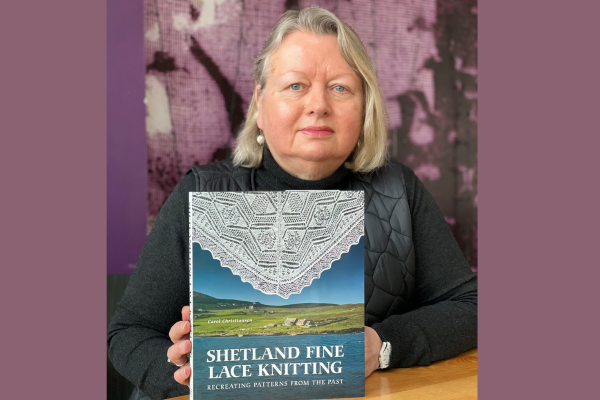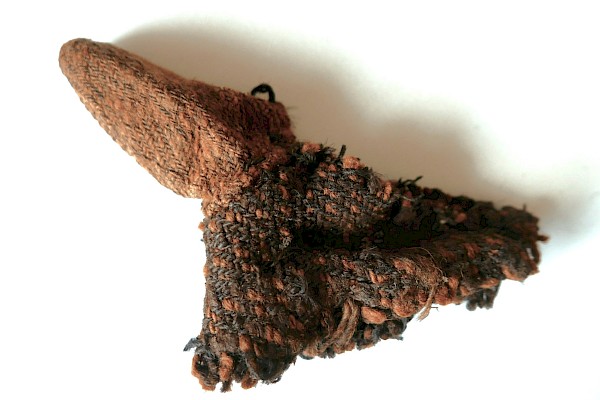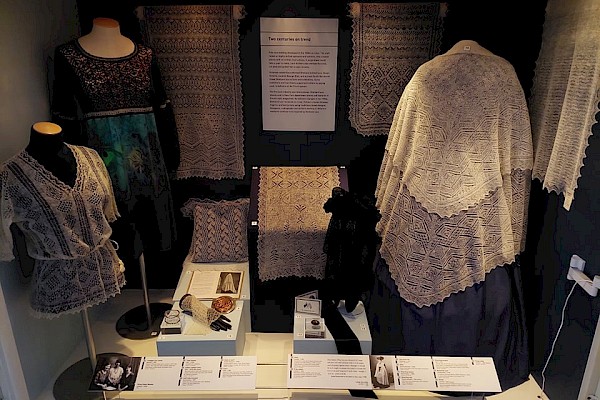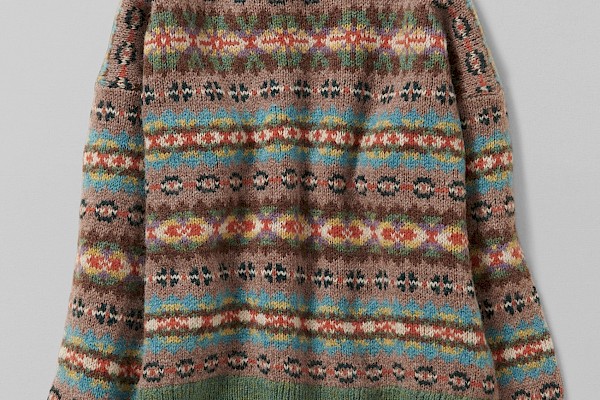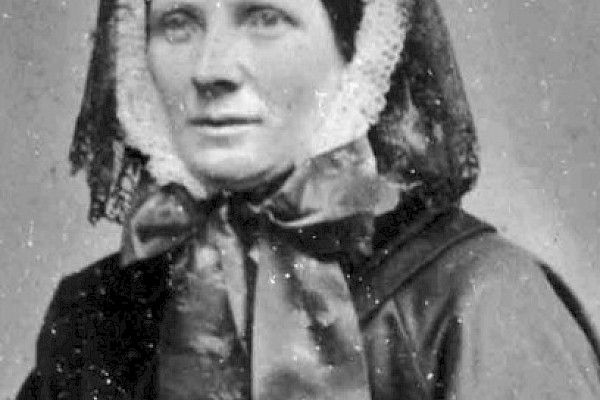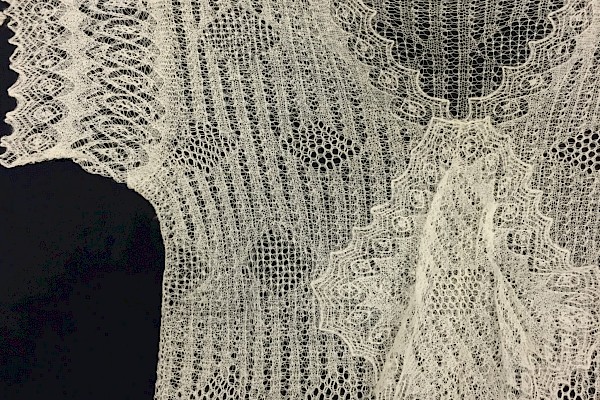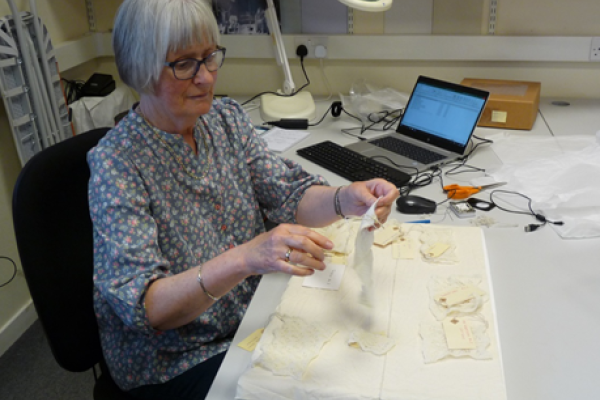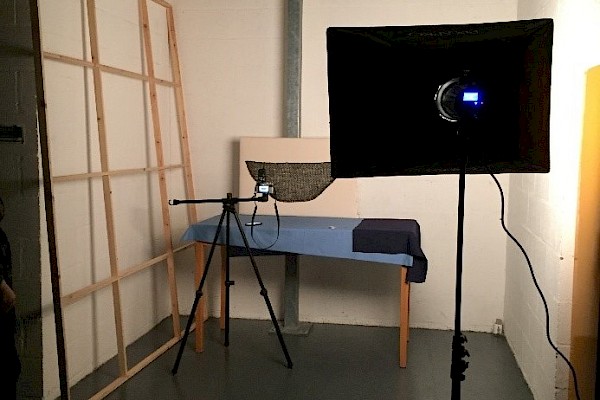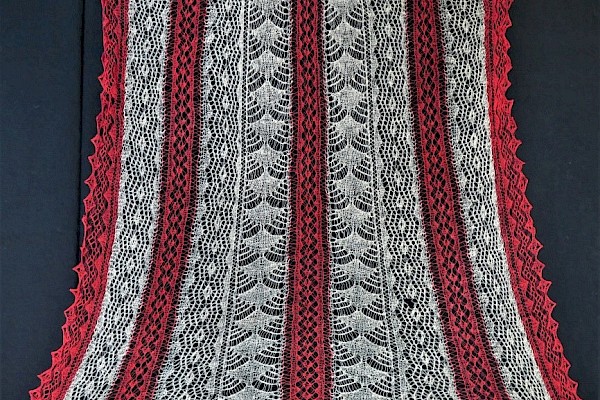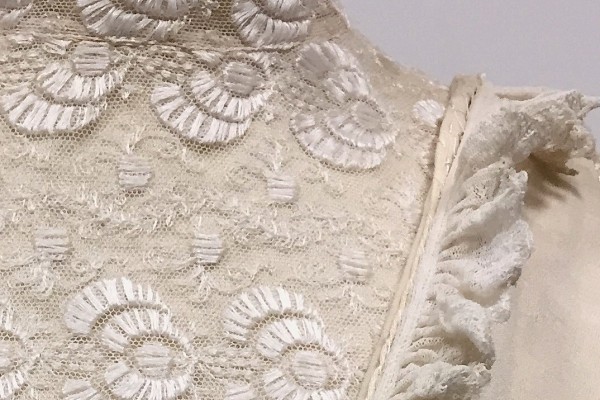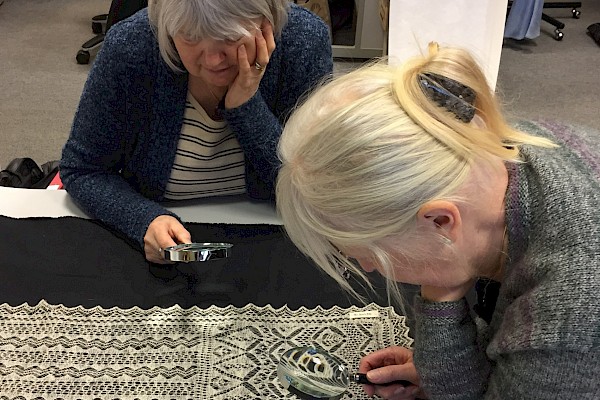What's in a name?
An important part of the Lace Assessment Project is to catalogue each object to a level where its description will distinguish it from another piece. Currently our catalogue has very general descriptions but occasionally specific patterns are named where they can be identified. Pattern nomenclature is another facet of Shetland lace knitting design and history. This discussion considers the pitfalls and problems in using simple names to describe very complex pattern design.
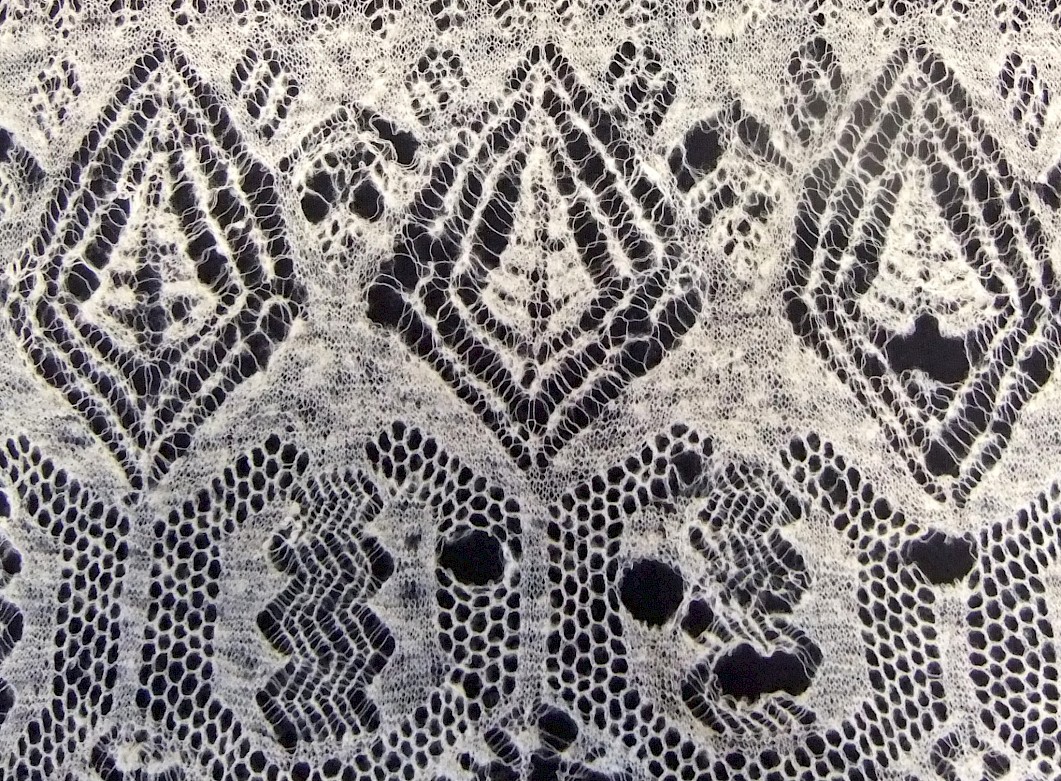
Over the years I have come to realise that only some patterns have names and the same pattern may have different names. The most often used names are recognised nomenclature for that general class of pattern. They do not distinguish between slight changes in how the pattern is worked or its appearance. “Crown” is one such name, and all crown motifs are given this name even though there is a range of crown designs.
As with Crown, pattern names usually describe its appearance, although occasionally they describe the method of working. Names can be in English but often they are in Shetlandic Scots. Besides Crown, other descriptive names are Basket o’ Flooers, Horseshoe, Auld Shell, Cat’s Eye, Bead, Spider (pronounced ‘Speeder’), Spider’s Web and Da Peerie Flee (The Small Fly).
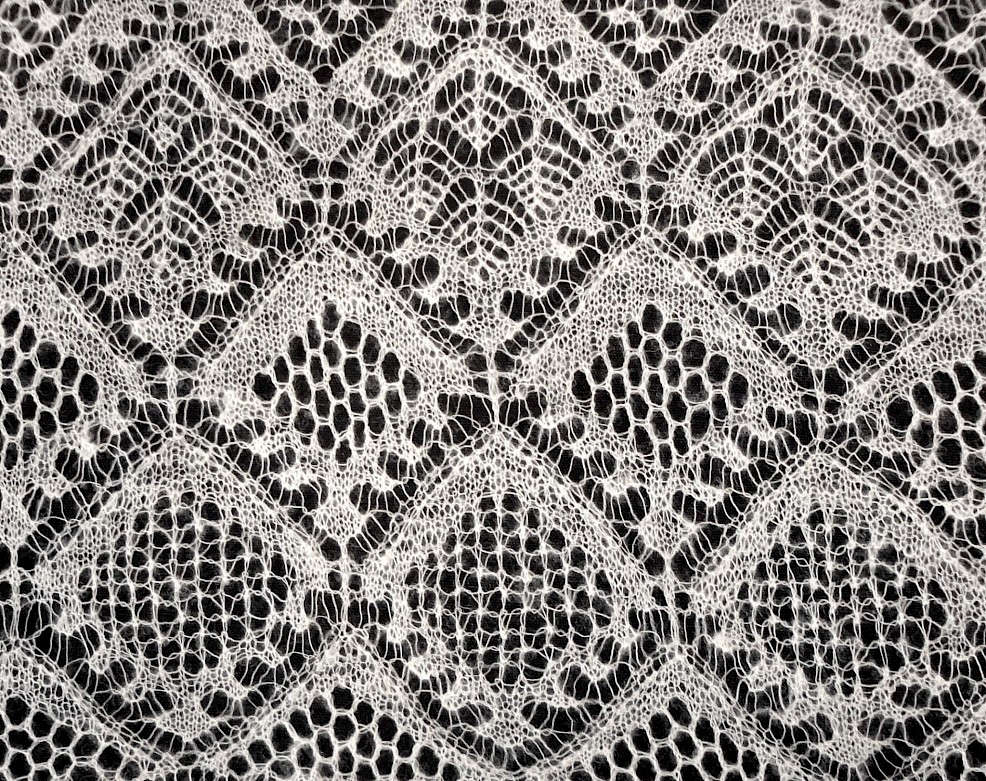
Some years ago I was invited by Unst Heritage Centre to spend a day helping them photograph their lace collection. It was a long but very special day, working together to record their substantial collection of very fine pieces. As we worked, I tried to learn as much as possible from them about patterns and the history of certain pieces. At the end I asked if they would choose a few pieces and list the patterns for me, as an aide for my work with Shetland Museum’s collection. They were understandably hesitant – a pattern name in Unst may not be what it is called elsewhere. Indeed, some pattern names used in Uyeasound (southern Unst) may not be known in Haroldswick (northern Unst), a distance of about 12 miles. I persisted, and some weeks later they sent me images of eight lace pieces from their collection with pattern names as they were familiar with them.
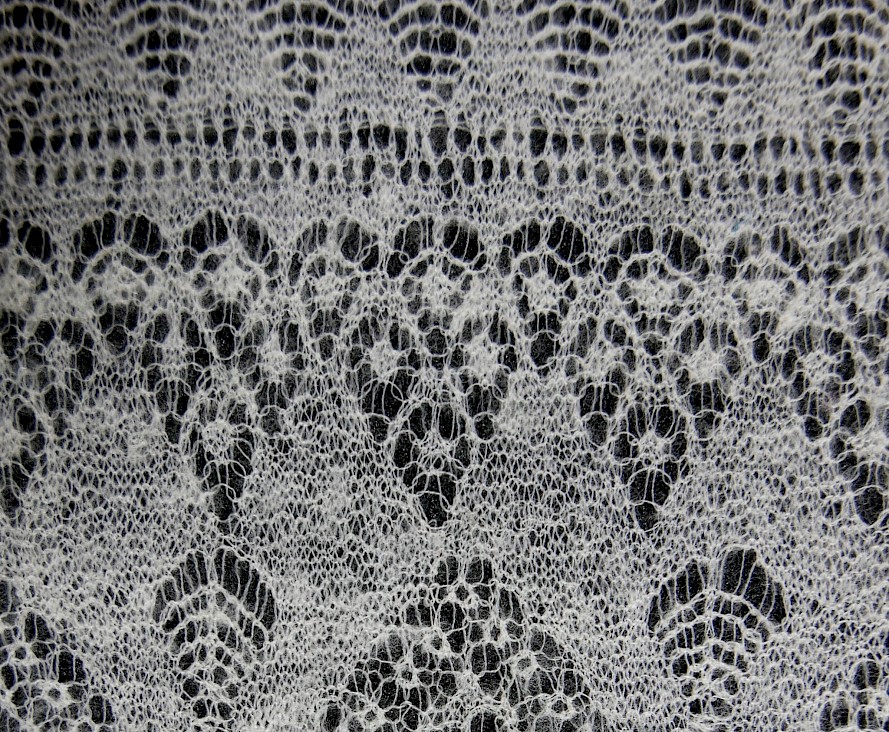
As expected, the names varied from other parts of Shetland. The Tree pattern, sometimes called Tree of Life, they called Branches. There was one pattern attributed to an individual, and an edge on a very old piece simply called Old Style lace edge. They identified a single Madeira, a Four Madeira Diamond (but these four Madeiras were not the same as the single Madeira), and something called an Elaborated Madeira. There were a few patterns with no names or question marks, because they either never had a name, or the name is now lost.
We have been grappling with the naming problem for some weeks now. Before me I have a box of stoles waiting to be catalogued. I have made a start, but it is difficult to list patterns when they have no names. None of them really look like those identified by the Unst ladies except the most obvious ones. I do not wish to make up names, because that would be applying my own description and ‘inventing tradition’. I have been hesitant to rely on unfamiliar names recorded in other studies because I do not know how historically accurate they are in Shetland usage. We have decided to begin photographing the patterns, to gain a better understanding of the number of repeat patterns and the scope of variations. Perhaps then we will come to a solution as to naming or numbering types of motifs in our amazing collection.

